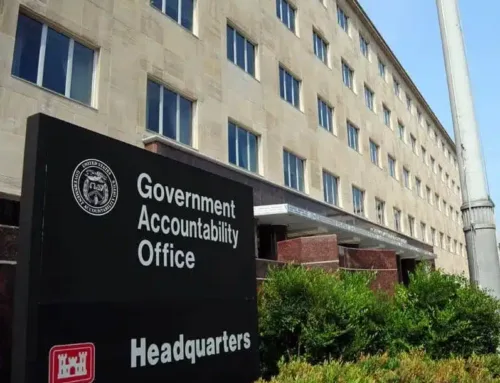The Navy’s FY2025 shipbuilding budget request is $32.4 billion, $470 million less than last year’s $32.8 billion request, a 1.4 percent cut. Under the funding agreement reached between President Biden and former House Speaker Kevin McCarthy last summer, the entire discretionary budget for FY2025 is limited to 1 percent growth, so this cut to Navy shipbuilding is likely a reflection of that.
To meet these constraints, something had to give. In its FY24 request, the Navy had initially planned to allocate $10.3 billion for the Virginia-class attack submarine program, most of which would have funded the procurement of two subs. Now, the plan is to spend $7.7 billion, with $5.8 billion allocated for the purchase of a single Virginia-class sub. Most of the remaining funds are for advance procurement, essentially investments to support submarines in future years.
The Columbia-class ballistic missile submarine, on the other hand, saw a significant funding boost in this year’s request. In its FY24 request, the Navy projected spending $7.3 billion for the Columbia-class subs in FY2025. Instead, it’s now planning to spend $9.6 billion.
The Navy is also requesting funds for two Arleigh Burke-class destroyers, one Constellation-class frigate, one Medium Landing Ship, and one San Antonio-class amphibious transport dock.
The inclusion of funding for a new amphibious transport dock is notable, as it suggests the conclusion of the Navy’s strategic pause on the purchasing of amphibious ships. When the Navy failed to request funds for a new amphibious transport dock last year as a result of the strategic pause, which was implemented over cost concerns, Marine Corps Commandant Gen. Eric Smith made the purchase of one LPD-33, an amphibious transport dock, his top priority on the service’s unfunded priority list. Appropriators didn’t fund the full request in their mark up of the Defense Appropriations Act, but they did include $250 million for advance procurement for the LPD-33. The FY24 Defense Appropriations Act has yet to receive a vote in Congress, but the Navy seems to have gotten the message. This year’s request includes $1.6 billion in funding for a new LPD-33.
If this recent history is any guide, Congress may take a similar approach to the funding cut in the Virginia-class program.
In part to create room in its budget for these new purchases, the Navy is asking to retire 19 ships, including 10 that have not technically reached the end of their planned service lives. Two of those are very early retirements for Littoral Combat Ships (LCSs), which the Navy has soured on due to their high cost and inability to meet core mission requirements related to anti-submarine warfare.
Unfortunately, lawmakers have a long history of parochially interfering with the Navy’s plans for decommissioning ships. In its FY23 request for example, the Navy sought to retire nine LCSs. Congress only allowed it to retire five. Last year, in a bit of a sea change, Congress blessed the Navy’s request to retire two LCSs—but it also blocked the Navy from retiring three Whidbey Island-class dock landing ships and two Ticonderoga-class guided-missile cruisers. Ultimately, whether the Navy can continue to fund the ships it truly wants will hinge in part on whether Congress will allow it to retire the ships it wants to retire.











Get Social